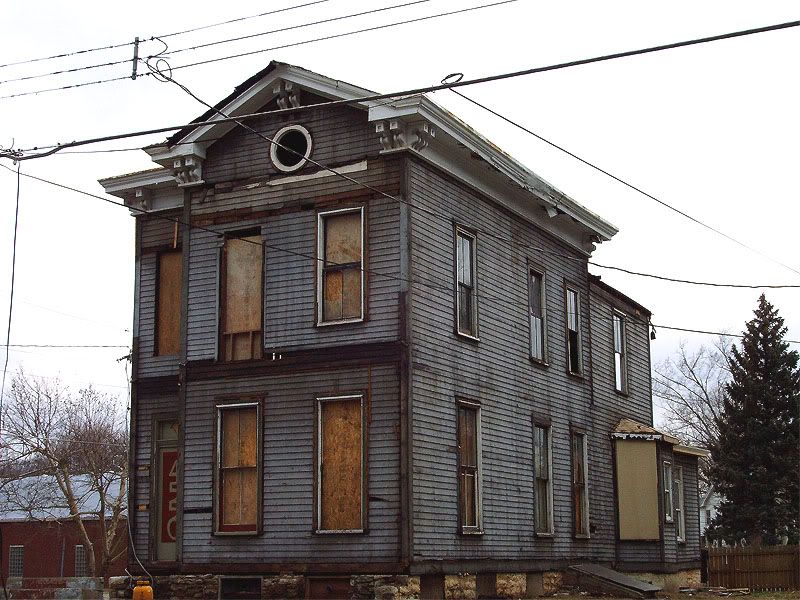 On March 3, a presentation on the status of the Neighborhood Homes Initiative was given to Cincinnati City Council's Vibrant Neighborhoods Committee.
On March 3, a presentation on the status of the Neighborhood Homes Initiative was given to Cincinnati City Council's Vibrant Neighborhoods Committee.
In February 2008, council passed a motion to create the program to put vacant and foreclosed homes back into the hands of homeowners, to be funded with $1.25 million in foreclosure funds appropriated in the 2008 City budget.
The motion named the Greater Cincinnati Redevelopment Partnership, Inc. (GCRP) to administer NHI, and, three months later, council contracted with the Homesteading and Urban Redevelopment Corporation (HURC) to create a business plan.
HURC hired Don Lenz, director of the GCRP, as a consultant to prepare the NHI plan, and throughout the rest of the year a steering committee composed of representatives from community development corporations, lenders, real estate professionals, consultants, and the Legal Aid Society of Greater Cincinnati convened to work out the details.
The business plan
The NHI business plan recommends that HURC -- not GCRP -- should initiate the program by April 2009, and should receive the remaining $1.05 million in NHI funding.
HURC would purchase 20 houses per year over a three year period, acting as a wholesaler that would work with community development corporations, urban redevelopment corporations, and private developers to ensure that the properties are demolished, rehabilitated, or put back on the market.
Purchases would be made in neighborhoods with significant vacancies and foreclosures, but with "a reasonable opportunity" for market restoration, such as Neighborhood Enhancement Program and Neighborhood Stabilization Program (NSP) areas.
The plan says that the program's primary property purchase sources should include the surplus inventory of National Community Stabilization Trust, U.S. Department of Housing and Urban Development, Fannie Mae, Freddie Mac, local and national banks, and Real Estate Owned (REO) properties.
Sources of additional subsidies could include NSP funds, Federal Home Loan Bank Affordable Housing Program funds, the Ohio Housing Finance Agency, and various City programs.
Council has yet to formally approve a program administrator.
Targeted funds
A week ago, councilmembers Chris Monzel and Roxanne Qualls issued a motion that NHI funding should only be used to fund projects in non-NSP neighborhoods.
In a statement accompanying the motion, Monzel ranked those neighborhoods by the number of foreclosures by dwelling unit: South Cumminsville, North Fairmount, Spring Grove Village, Kennedy Heights, and Mount Auburn.
"Using the NHI funds in this manner will result in a far greater benefit to the city as a whole and to each neighborhood which has the capacity to begin dealing with their neighborhood's foreclosure problem," the statement says.
No vote has been taken on the motion.
Previous reading on BC:
Foreclosure initiative presented in Cincinnati council committee (5/14/08)
Thursday, March 19, 2009
Neighborhood Homes Inititative could begin in April
Posted by
Kevin LeMaster
at
5:10 AM
![]()









